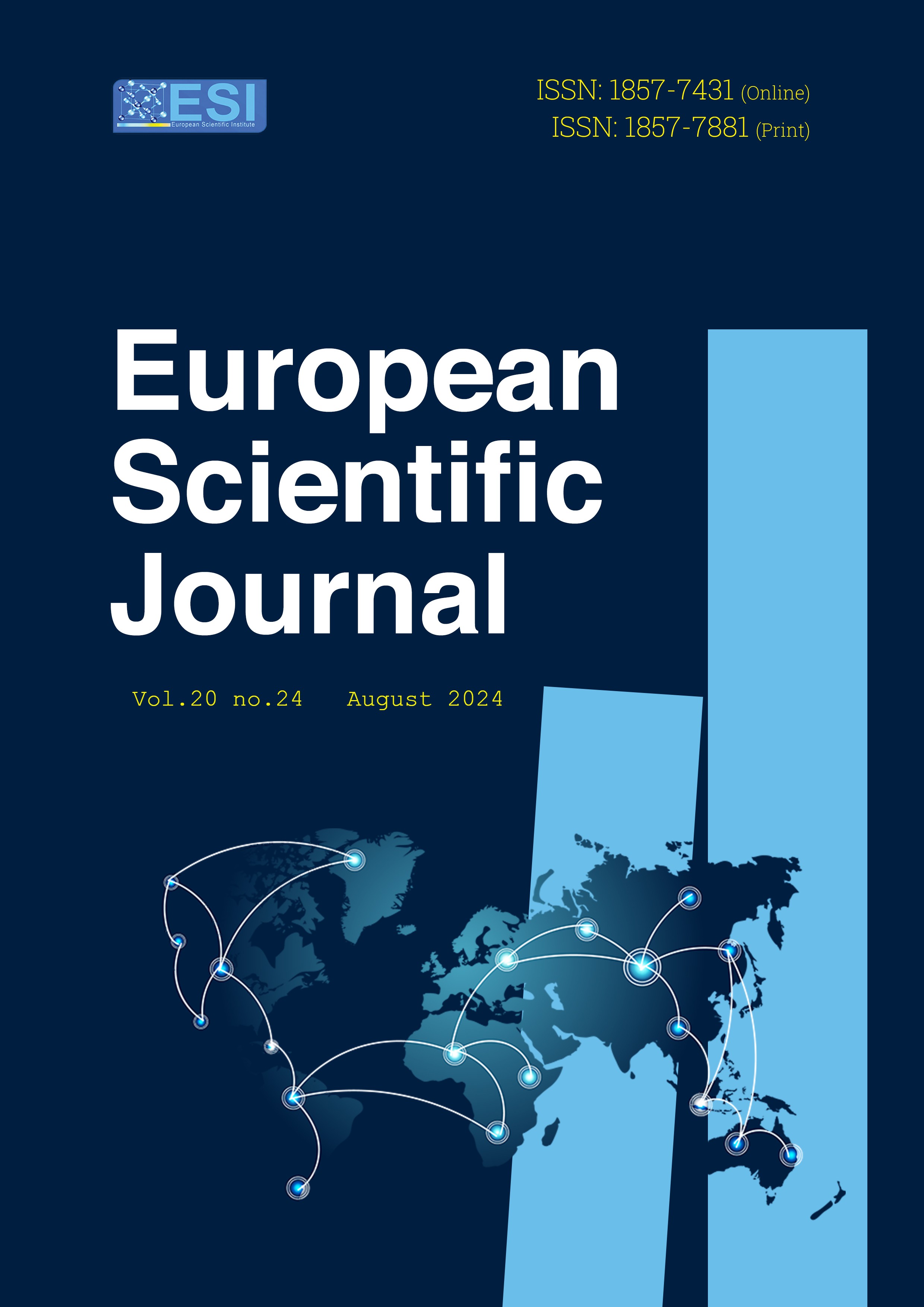A Socio-Cultural Analysis of Users’ Intentions to Use Facemask in the Post Covid-19 Era in Nigeria
Abstract
This paper investigates individuals’ intention to use facemasks in the post-COVID-19 era using the extended unified theory of acceptance and use of technology. During the COVID-19 pandemic, enforcement, rather than individual choice, drove facemask usage. In the post-COVID-19 era, the effects of facilitating condition, social influence, price value, performance expectancy, effort expectancy, hedonic motivation, experience and habit on the intention to use the facemask were investigated using the regressions analyses. A total of 417 respondents took part in the selection from government organisations, including higher institutions and public offices in South-West Nigeria and the Federal Capital Territory (Abuja). The result shows that facilitating conditions and hedonic motivation positively influenced the intention to use the facemask, while price value, experience and habit have negative impacts. Findings from this study suggest that facemask manufacturers and distributors must suitably design their products to suit the value perception of the user and beliefs that trigger social status and hedonic motivations in conjunction with the primary health benefits of the facemasks. It is recommended that further improvement of the facemask technology, such that it can convert traditional facemasks into smart technology with increasing emphasis on fashion and style, while adhering to safety measures be promoted by policymakers and manufacturers. While facemask manufacturers must see that the quality of their products meets up to ASTM (or relevant) standards, for which user-friendly, durable, microbe-resistant, yet biodegradable materials have been used, policymakers must organise regular sensitization programs on the importance of mask usage, and as well promote continuous development of improved technologies for nosemask designs.
Downloads
Metrics
PlumX Statistics
References
2. de Sousa Neto, A. R., & de Freitas, D. R. J. (2020). Use of face masks: Indications for use and handling during the COVID-19 pandemic. Cogitare Enfermagem, 25, 1–8. https://doi.org/10.5380/ce.v25i0.72867
3. Gunasekaran, S. S., Selvanthansundram Gunasekaran, S., Gunasekaran, G. H., Syafina, N., Zaimi, I., Amirah, N., Halim, A., & Hanim, F. (2020). Factors associated with incorrect facemask use among individuals visiting high-risk locations during COVID-19 pandemic. Journal of Public Health and Development, 18(3), 38–48.
4. Kim, J. H. (2019). Multicollinearity and misleading statistical results. Korean Journal of Anesthesiology, 72(6), 558–569. https://doi.org/10.4097/kja.19087
5. Matuschek, C., Moll, F., Fangerau, H., Fischer, J. C., Zänker, K., Van Griensven, M., Schneider, M., Kindgen-Milles, D., Knoefel, W. T., Lichtenberg, A., Tamaskovics, B., Djiepmo-Njanang, F. J., Budach, W., Corradini, S., Häussinger, D., Feldt, T., Jensen, B., Pelka, R., Orth, K., … Haussmann, J. (2020). The history and value of face masks. European Journal of Medical Research, 25(23), 1–6. https://doi.org/10.1186/s40001-020-00423-4
6. Monini, S., Meliante, P. G., Salerno, G., Filippi, C., Margani, V., Covelli, E., & Barbara, M. (2021). The impact of surgical masks on the nasal function in the COVID-19 era. Acta Oto-Laryngologica, 141(10), 941–947. https://doi.org/10.1080/00016489.2021.1974555
7. Ogunsola, F. T., Ejekam, C. S., Balogun, M., Ugonna, I., Odukoya, O., Oduyebo, O., Adeyemo, W. L., Oladele, R. O., & Akanmu, S. A. (2023). Universal use of face mask for the prevention of the spread of COVID-19 in community settings in a South-western State of Nigeria: willingness and barriers. Antimicrobial Resistance and Infection Control, 12(1), 1–13. https://doi.org/10.1186/s13756-023-01267-3
8. Venkatesh, V., Thong, J. Y. L., & Xu, X. (2012). Consumer Acceptance and Use of Information Technology: Extending the Unified Theory of Acceptance and Use of Technology. MIS Quarterly, 36(1), 157–178.
9. Wang, M., Zhao, C., & Fan, J. (2021). To wear or not to wear: Analysis of individuals’ tendency to wear masks during the COVID-19 pandemic in China. International Journal of Environmental Research and Public Health, 18(21), 1–15. https://doi.org/10.3390/ijerph182111298
10. Zhang, B., Li, Z., & Jiang, L. (2021). The intentions to wear face masks and the differences in preventive behaviors between urban and rural areas during COVID-19: An analysis based on the technology acceptance model. International Journal of Environmental Research and Public Health, 18(19). https://doi.org/10.3390/ijerph18199988
Copyright (c) 2024 Mojisola Bolarinwa, Paul Adeosun

This work is licensed under a Creative Commons Attribution 4.0 International License.








